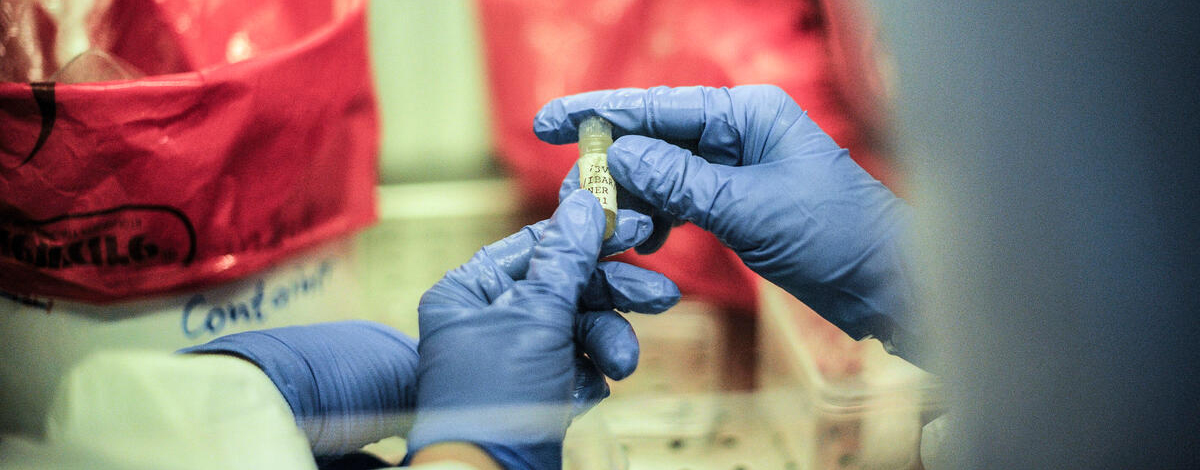
Why early detection matters: Making the case for One Health surveillance
In South and Southeast Asia, a recent outbreak of avian influenza wasn’t just a local health scare – it was a wake-up call. While human infections were limited, the event underscored a larger truth: threats to food security, health, and livelihoods are becoming more frequent and unpredictable. And the systems meant to detect them early still fall short.
This wasn’t just a story about poultry or viruses. It was a story about how interconnected risks move through food systems, economies, and environments – and how our surveillance systems are – or aren’t – prepared to manage them.
Looking in the wrong place, too late
Whether it's livestock diseases, crop pests, zoonotic spillovers, or environmental shifts that threaten food production, many crises begin silently. A change in animal health, a spike in plant disease, or the degradation of a local ecosystem may all signal emerging risks. But too often, the response only begins once people are sick, or food supply chains are disrupted.
Most surveillance efforts still focus on human disease detection or farm-level losses in isolation. This narrow focus can miss the early warning signs – subtle but important signals from the animal, plant, and environmental sectors. The result? A reactive system that scrambles to catch up when threats escalate, rather than one that anticipates and prevents them.
What One Health surveillance means
The One Health approach provides a more strategic and integrated path forward. It’s not just a concept – it’s a way of linking the health of people, animals, plants, and ecosystems to protect them all more effectively.
In surveillance, this means moving beyond siloed data collection and creating systems that recognize and monitor the interlinked drivers of health threats and share information across sectors. Instead of waiting for a problem to appear in one domain, One Health surveillance captures signals from the human–animal–environment interface, providing a fuller and earlier picture of risk.
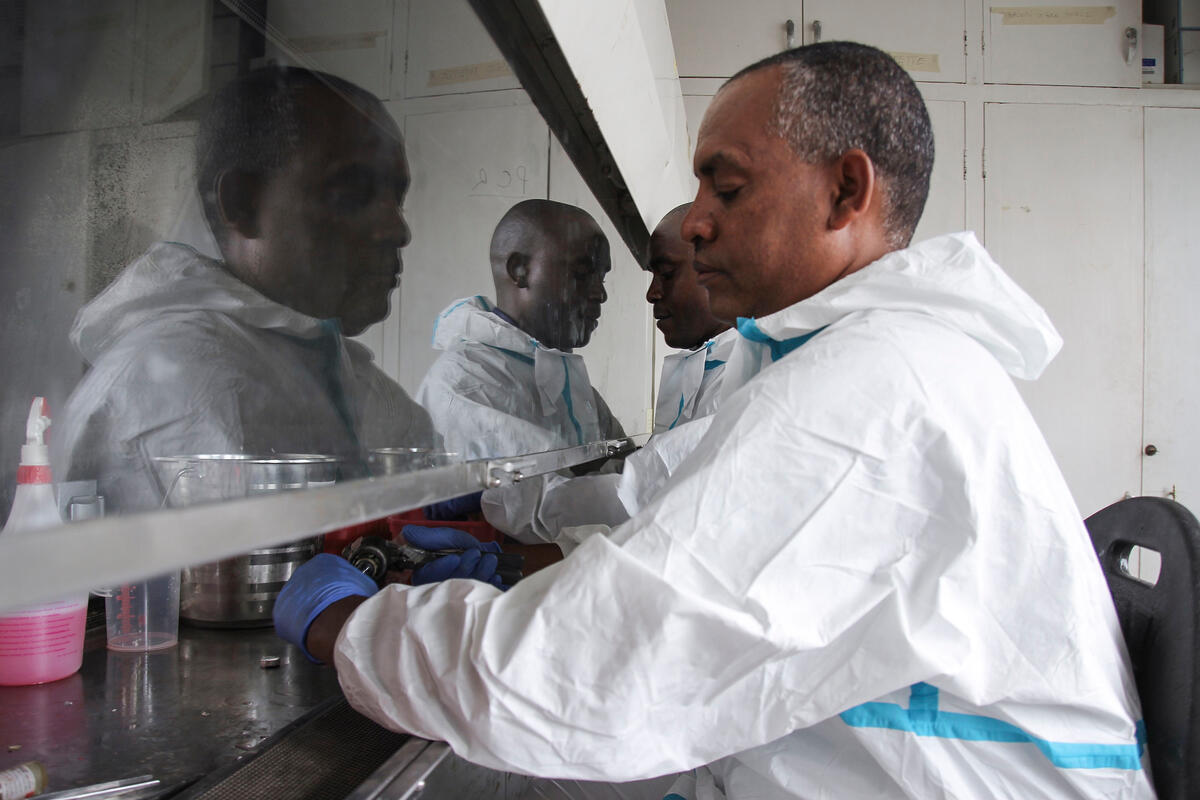

For example, in Thailand, a joint mobile app developed for animal bite reporting allows medical and veterinary teams to trace and treat rabies exposures rapidly, saving lives before disease spreads.
And in Cambodia, under a Pandemic Fund project, FAO is helping link human and animal diagnostic labs to detect pathogens like leptospirosis and avian influenza more rapidly, enabling early action across ministries.
In Rwanda, environmental data is monitored through the Rift Valley fever early warning decision support tool. Following an FAO-IGAD joint alert in May 2024, authorities launched a nationwide risk-based vaccination campaign. When a Rift Valley fever outbreak occurred in August 2024, it remained limited to Ngoma district, with minimal spread.
Closing the gaps that persist
Despite its clear benefits, One Health surveillance still faces obstacles. Many veterinary services remain underfunded. Environmental monitoring is inconsistent. And bureaucratic or technological barriers often prevent interoperability of data between ministries and sectors for improved risk monitoring and prediction.
These challenges are particularly acute in low- and middle-income countries, where resources are limited and digital infrastructure may be weak. But even in wealthier countries, institutional fragmentation, and legislative barriers to data sharing can lead to inefficiencies in early detection and slow or uncoordinated responses. The gaps are not just technical – they reflect political priorities and how funding and responsibilities are structured.
A strategic shift, backed by partnerships
FAO is supporting countries to build integrated surveillance systems, working closely with partners such as WHO, WOAH, and UNEP. Recognizing these gaps, the Quadripartite collaboration conducted a scoping study which proposed a digital framework for a One Health intelligence system that can be used as a blueprint to progressively integrate data across sectors for priority hazards. Several countries are now taking critical steps to bridge the gaps.
In Sierra Leone, a project is helping FAO and partners digitize animal disease reporting and integrate it with public health data – speeding up detection of zoonotic threats like rabies and brucellosis.
In Uzbekistan, FAO and WOAH have supported the rollout of an integrated animal health reporting platform, enabling veterinary officers to report field data via mobile devices. This has improved detection of brucellosis and foot-and-mouth disease, protecting rural livelihoods and animal productivity.
These efforts demonstrate that when sectors coordinate early, detection becomes not just faster – but more actionable.
Beyond epidemics and pandemics: Investing in resilience
While One Health surveillance plays a critical role in pest and disease prevention, its benefits are far broader. It:
- Protects food systems by catching livestock diseases or plant pests before they wipe out production.
- Safeguards public health by enabling faster response to cross-sector threats.
- Supports environmental stewardship by monitoring ecosystems for early signs of degradation or risk.
- Safeguards livelihoods by reducing the cost and disruption of late-stage crises.
In Pakistan, FAO has helped harmonize brucellosis diagnostics between animal and human health labs, improving outbreak tracking and response. In Nepal, the SPEED project helped build provincial-level animal disease surveillance systems, funded by the Pandemic Fund.
These examples are not isolated – they are part of a growing global movement to make health and food systems safer and more through safer and more resilient data-informed proactive decisions and actions.
The bottom line
Most of the future global health and food security threats are likely to emerge at the intersection of people, animals, plants, and the environment. The question is whether we will be ready.
With FAO’s support, many countries are starting to look in the right places. But building effective One Health surveillance systems requires more than technology – it demands sustained investment in people, partnerships, and policies that support early action and cross-sector collaboration.
Find out more
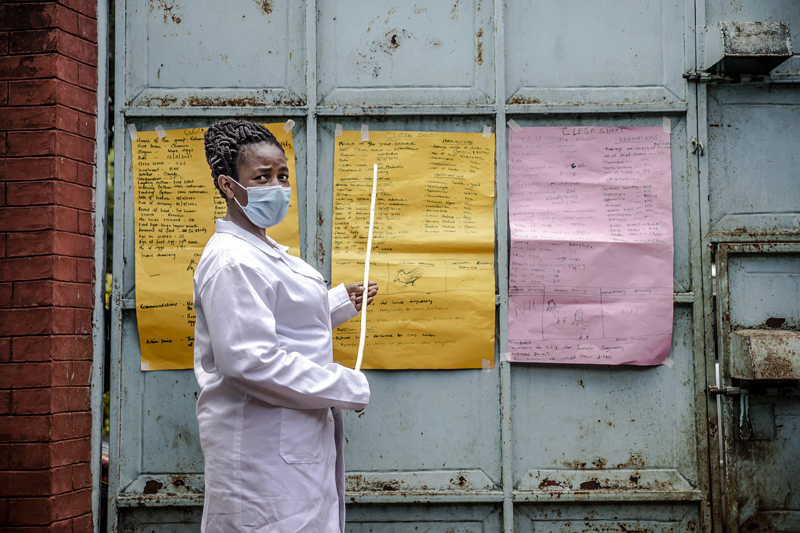
One Health intelligence
Operational global One Health intelligence is the first step towards the identification and mitigation of risks against emerging, endemic and epidemic diseases, and threats to environmental health and food security.
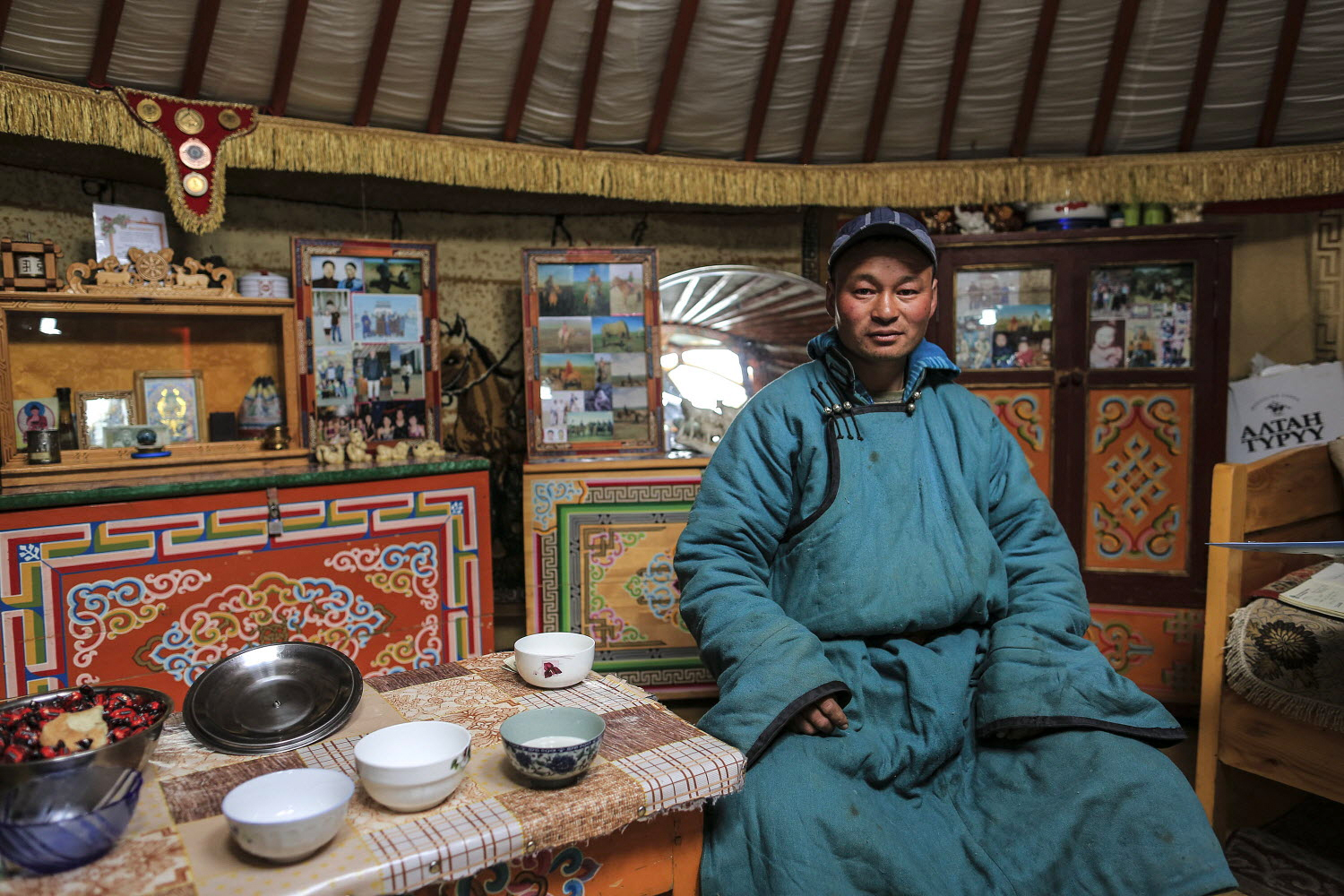
One Health Intelligence Scoping Study
The One Health Intelligence Scoping Study (OHISS) was conducted by FAO, UNEP, WHO and WOAH ‘to identify potential opportunities for improved technical harmonization of their and other prioritized systems to strengthen One Health intelligence’.
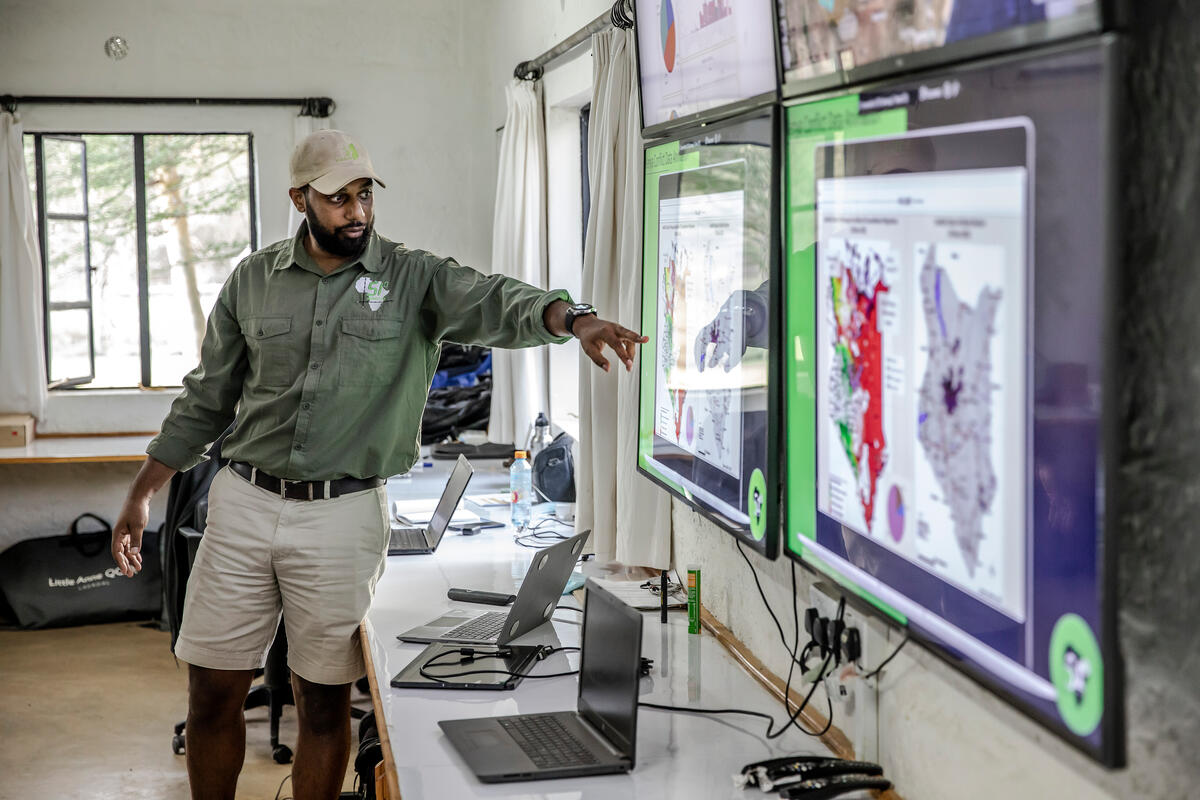
Highlights
How early warning systems for plant health protect crops, people and planet
Early warning for plant health means detecting plant pests and diseases at the earliest stage, before they spiral into emergencies.
